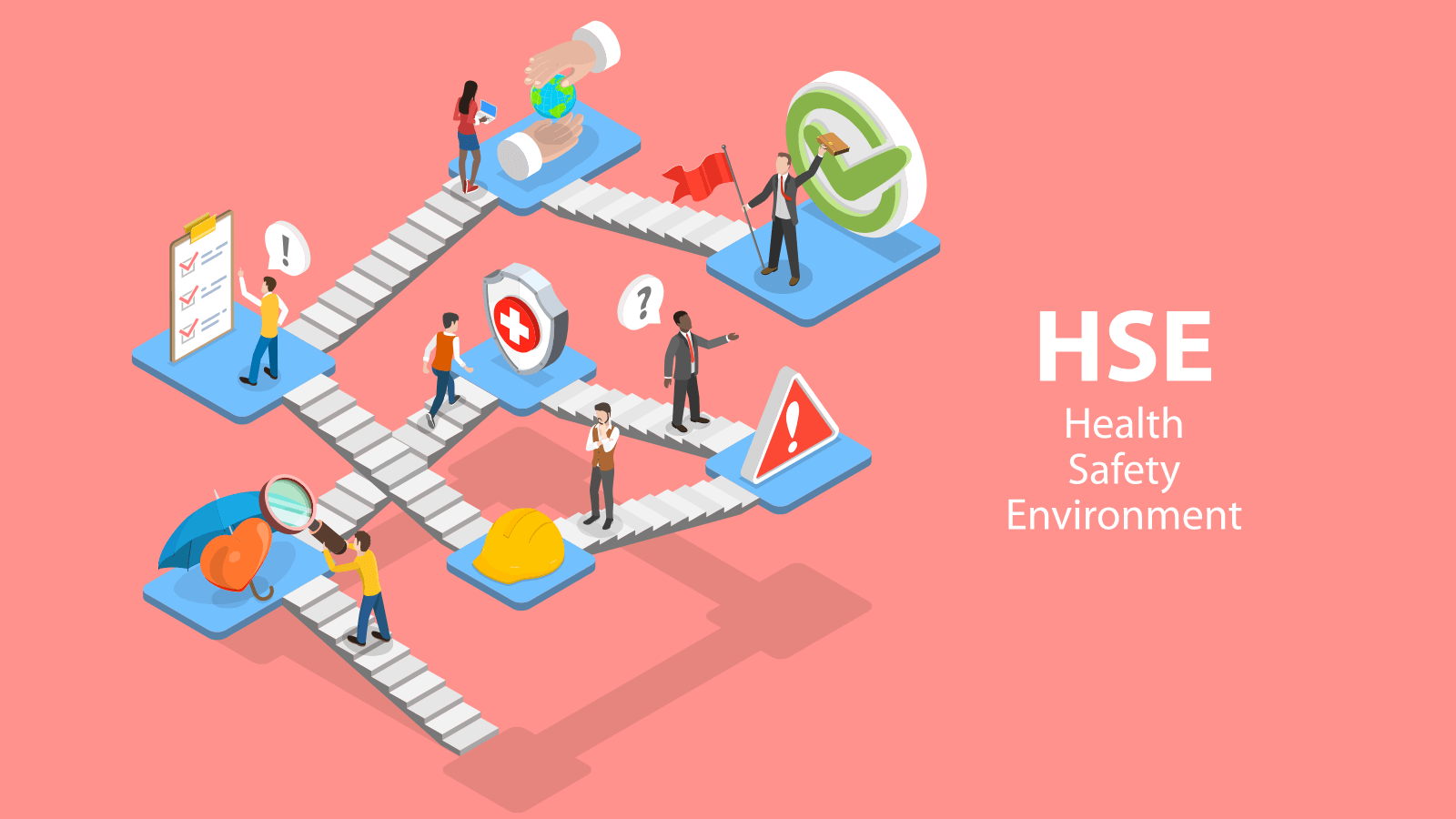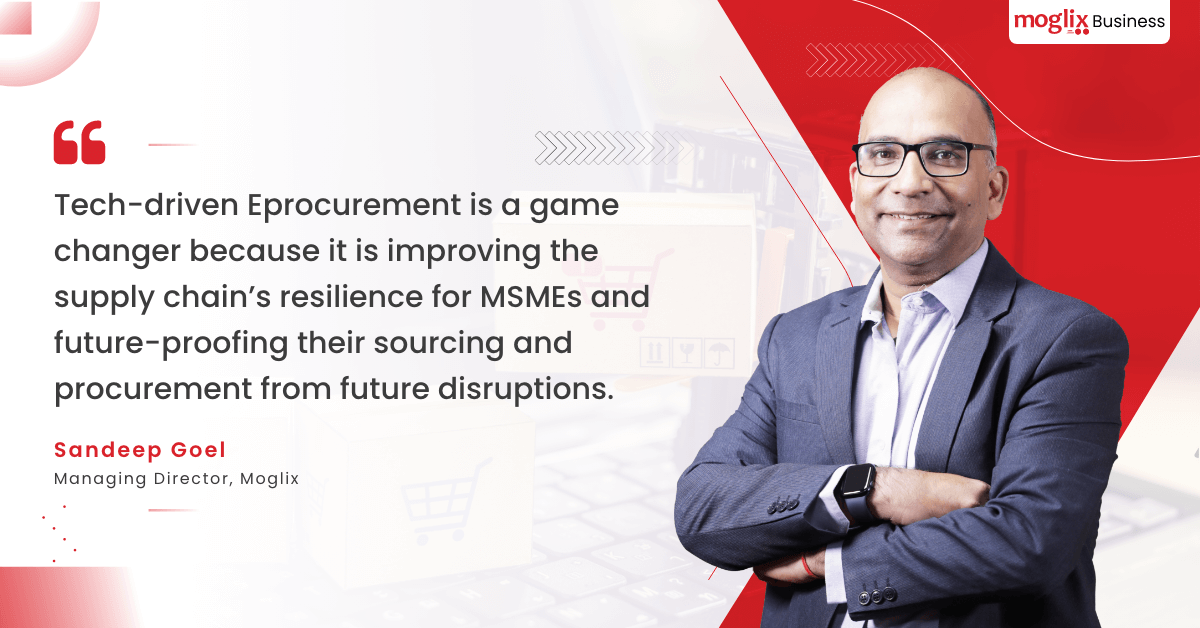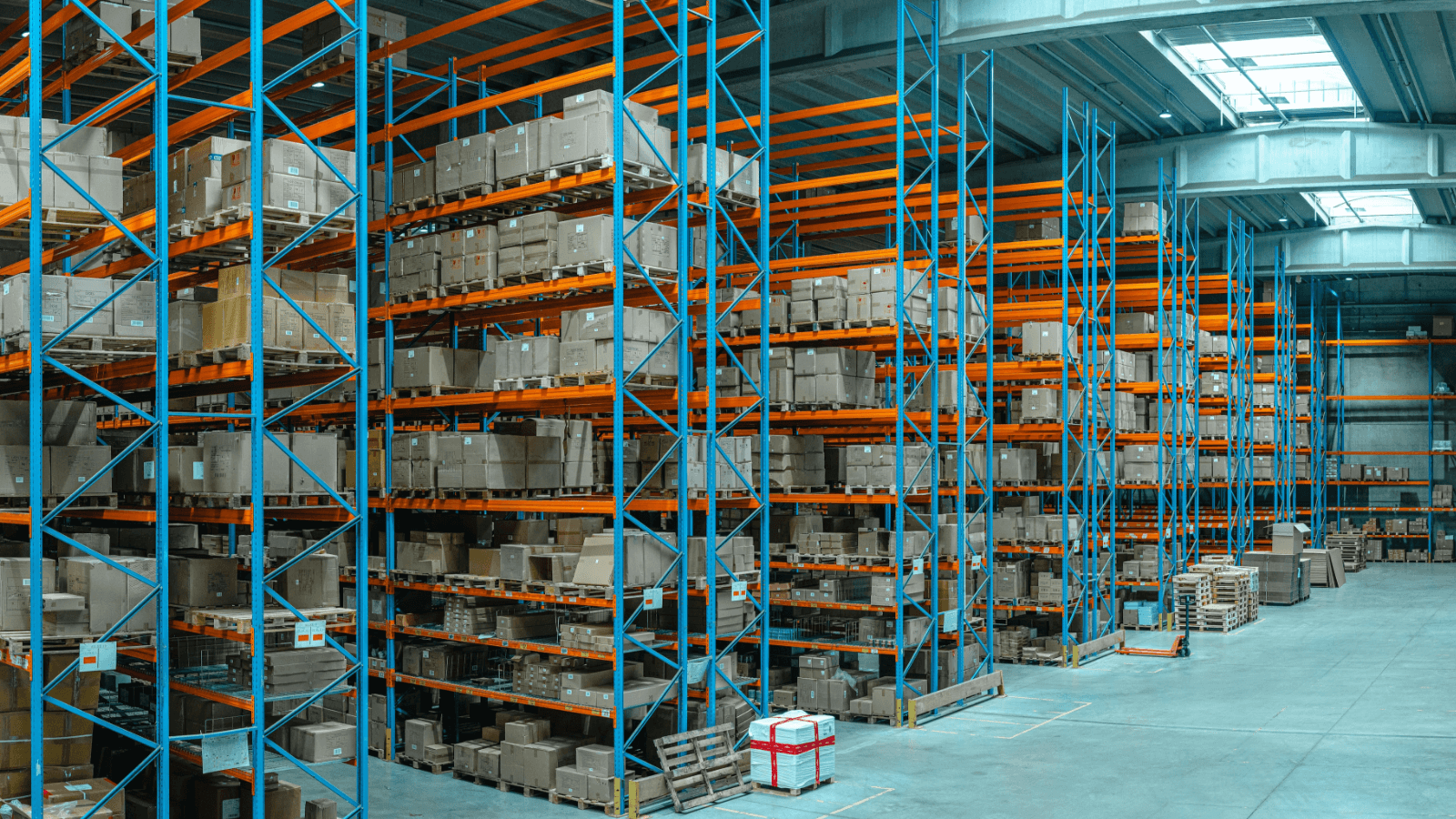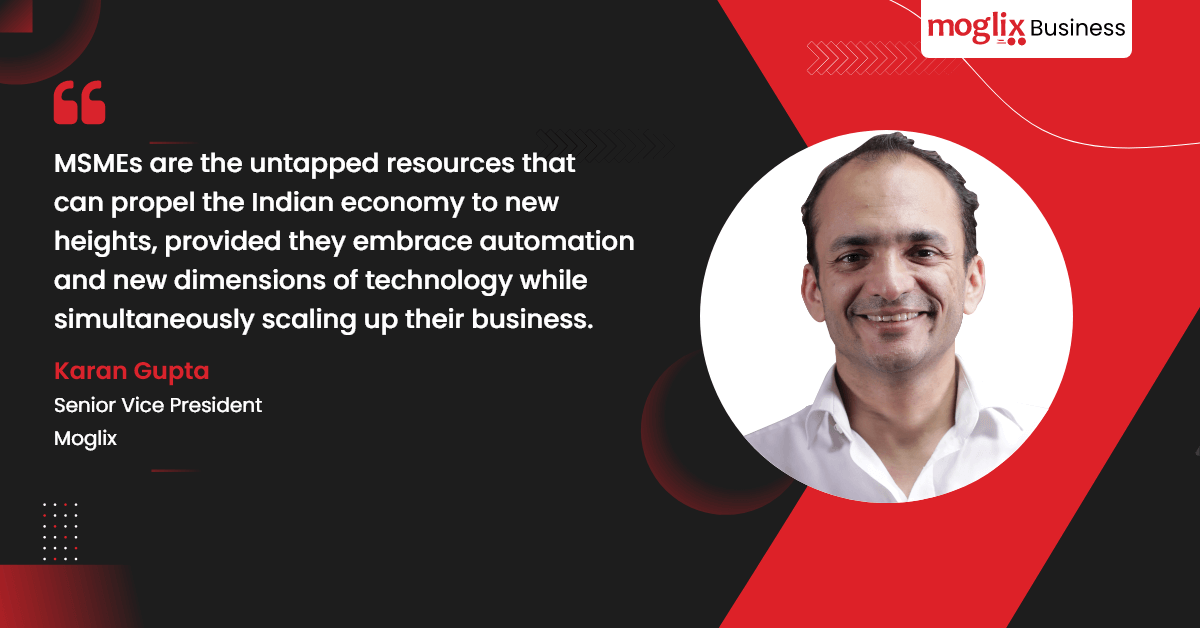Common types of Safety Audits: What are they?

Common types of Safety Audits: What are they?
Every organization has several processes to ensure workplace safety, such as fire safety protocols and emergency exit routes. Adherence to workplace safety norms is one of the most significant indicators of an organization’s operational efficiency and commitment to the safety and health of its workforce. Since workplace safety is affected by many factors, it is pivotal to conduct safety audits periodically.
What is A Safety Audit?
A safety audit is an inspection to ascertain the efficacy of an organization’s workplace safety and health management systems. During a safety audit, data about an organization’s existing workplace safety and health protocols are recorded, analyzed, and compared to the regulatory compliance norms. In the previous blog on safety audit 101 we delt with broader types of audits, in this blog we go a little granular.
Types of Safety Audits
There are five major types of audits, namely, Electrical Safety Audit, Fire Safety Audit, Environment Safety Audit, Occupational Health & Safety Audit (OSHA), and Wash Audit. Each of these safety audits has a different scope and purpose; you must have clarity on your audit requirements to choose the right type of safety audit.
Electrical Safety Audits
Electrical Safety audits evaluate the safety and security of electrical installations prone to fire hazards. This encompasses a thorough inspection, testing, and verification of all kinds of electrical equipment and appliances in a facility. It also aims to identify possible hotspots, review emergency procedures and mitigate future risks to ensure compliance with applicable Safety Standards and Regulations. Reach out to us if you need to conduct a electrical safety audit.
Fire Safety Audits
Fire safety audits encompass various elements, like a review of your organization’s fire safety policy, assessing the level of competence of personnel in fire safety roles, and compliance with national legal regulations. These audits include onsite visits, interviews with different people in the organization, mock drills, document reviews, and more. Businesses of different sizes and sectors can benefit from fire safety audits. Reach out to us if you need to conduct a Fire safety audit.
Environmental Safety Audit
With sustainability increasingly prioritized across all industries globally, environmental safety audits are growing more relevant by the day. This kind of audit is suitable for all businesses — no matter their ecological management stage. It involves assessing the current policies and processes, identifying gaps in compliance, improving environmental responsibility, and implementing best practices. Reach out to us if you need to conduct an environmental safety audits.
Occupational Health and Safety (OSHA) Audit
Occupational Health and Safety audits identify risks and hazards in general workplace safety. This covers various aspects of today’s workplace, such as ventilation, waste management, housekeeping, medical aid, workstation ergonomics, and even management safety. Audit teams review OSHA elements, offer recommendations, and facilitate benchmarking against industry best practices. Reach out to us if you need to conduct a OSHA audit.
WASH Audit
An acronym for Workplace Assessment for Safety and Hygiene, WASH audits ensure that your organization adheres to the safety and hygiene guidelines notified by the Ministry of Home Affairs and other local, state, or national governmental entities. In addition, WASH audits assess how accessible and safe your company’s sanitation and water facilities are, identify areas for improvement and eliminate the risks associated with poor workplace hygiene. Reach out to us if you need to conduct a WASH audit.
Invest In Periodic Safety Audits
Since safety audits are instrumental in identifying gaps in an organization’s workplace safety norms, it is pivotal to ensure that such audits are carried out periodically. Should you require certified professionals to conduct any type of safety audit you can contact our team. At Moglix, we partner with organizations to provide safety solutions that go beyond just procurement of safety supplies. Our understanding of the entire value chain allows us to assist in essential actions like safety audits & end user training, that are often ignored, but important to create a safety culture within any organization. Reach out to us to know more on conducting safety audits for your facility or workplace
The Future of Digital Transformation in SME Supply Chain Ecosystems.

The Future of Digital Transformation in SME Supply Chain Ecosystems.
The COVID pandemic caused large-scale suffering globally but proved to be a substantial test of the resilience of several business models. It has also had a cascading effect on already marred supply chains that have been further exacerbated due to geopolitical tensions—the dearth of human capital during lockdowns enforced by the government significantly reduced supplier capacity. As a result, essential raw materials could not move up the supply chain, leaving several gaps in between, leading to crippling bottlenecks.
In India, SMEs and MSMEs became unfortunate victims, with an average decline of 11% in their business in 2021. Many SMEs were forced to give up their margins or, worse, close for months or shut down forever.
Top 3 Questions Every CPO Should Ask to Transform Procurement Today

Top 3 Questions Every CPO Should Ask to Transform Procurement Today
In India and worldwide, the current economic world order has been marked by volatility, inflation and various supply chain disruptions in recent years. Global inflation is expected to rise to 8.8% this year. Knowing this, CPOs must consider how these factors will impact enterprise procurement.
Inflation directly impacts costs across the supply chain, leading to higher outlays in the procurement cycle. Unorganized areas like MRO in procurement may be particularly adversely affected by this. Volatility further adds to the problem by making it harder to predict costs and prepare a procurement budget.
Given this landscape, procurement leaders must head the change and address today’s critical challenges in business procurement. And you can do this by asking the right questions and taking the proper steps.
Top 3 Questions Every CPO Should Ask to Strengthen the Supply Chain
The current market may have challenges, but it also offers unique opportunities for procurement leaders to set new and more ambitious goals for their organizations. Here are three key questions that CPOs must ask and answer to stay ahead of the curve.
1.Have you quantified the effect of disruptions on your supply chain?
The first step towards mitigating the effect of disruptions on your supply chain is to quantify the impact. To begin with, assess the additional outlays and the reduction in margins resulting from inflation or volatility.
2.How well do you understand the industry dynamics of your suppliers and vendors?
Another vital aspect of reimagining procurement for the present day is understanding the industry dynamics of your suppliers and vendors. These insights will help you protect your margins.
3.How are you incorporating today’s lessons into tomorrow’s procurement strategy?
Above all, you must include the procurement lessons you learn from today’s disruptions in tomorrow’s procurement strategy. This is a highly effective way to future-proof your supply chain.
The Road Ahead: How You Can Mitigate Future Procurement Risks with the Right Tools
You can use commercial, technical and cross-functional levers to protect your enterprise procurement from additional risks and catastrophes.
Commercial levers
Commercial levers include regional diversification in sourcing supplies, offshoring and nearshoring to partner with new vendors and secure the supply chains. These techniques can bring in more opportunities for cost savings.
Technical levers
Businesses can also look beyond commercial levers and adopt technical levers to manage disruptions. For example, redefining material selection, insourcing and upgradation of procurement technology are effective strategies in this category. Another measure your business can take in this segment is comprehensive supply chain digitization to make procurement less expensive and more efficient.
Cross-functional levers
There are times when the key to future-proof your business is a combination of various strategies across different functions. By combining measures that promote a better understanding of the vendor ecosystem, rapid innovation and flexibility in sourcing, CPOs today can strengthen enterprise procurement quickly.
Moglix e-catalog solution enabled India’s second largest tractor manufacturer to save up to 85% of staff hours on procurement. They achieved this by digitizing their procurement process, which previously relied on legacy ERP solutions that resulted in poor visibility and low-quality data. This holistic approach to digitization led to significantly better supply chain visibility and ultimately delivered cost and time savings.
Want to keep pace with the new normal? Upgrade your procurement plan today!
Transform your organizational supply chain with contemporary solutions from Moglix, such as digital procurement, optimization of MRO categories in your purchases and simplified packaging. If you’re keen on transforming your procurement, send us your business query at info@moglixbusiness.com.
Are you looking to streamline your procurement process and gain 100% visibility over indirect spending?
Then look no further!Download the case study now
Complete Guide on Vendor Management for Enterprises

Complete Guide on Vendor Management for Enterprises
Procurement leaders today have their priorities right because surveys reveal that nearly 42% of CPOs aimed to prioritize supplier management this year. And around 70% have already met their goals for risk management. But if your business is still grappling with the ropes and trying to master the art of vendor management in this age of digital procurement, here is a handy guide that can help.
First things first: What is Vendor Management?
Vendor management is finding the right vendors and suppliers for your enterprise purchases and adopting the best practices to manage your vendor relationships. It encompasses vendors across various aspects of purchasing, such as raw materials, supplies, services and MRO procurement.
Vendor management includes supplier analysis, contract management, sourcing, invoicing and periodic reviews. The best vendor management programs are mutually beneficial for the suppliers and the purchasing organization.
The Need for Vendor Management in Procurement
If nearly all the top procurement professionals focus on streamlining vendor management, there has to be a reason for this. So here is a closer look at why your business needs to make vendor and supplier management more efficient today.
1.Optimization of Vendor Performance
Vendor management software helps you track and assess supplier performance over time. You can use these insights to identify problem areas, fix roadblocks, and improve your vendors’ overall performance.
2.Efficient Risk Management
Robust vendor management also mitigates various risks on the vendors’ side of the supply chain. You can identify risks and vulnerable areas and then take timely measures to curb these weaknesses before it’s too late.
3.Cost Reductions
Areas like office supplies and MRO categories in procurement are particularly vulnerable to uncontrolled spending. Vendor management systems make it possible to streamline these areas and achieve optimal cost reductions wherever possible
4.Better Supplier Relationships
Effective supplier management solutions include creating and maintaining mutually beneficial relationships with your vendors. It encourages setting transparent lines of communication between your procurement teams and your vendors and builds loyalty between the parties involved.
5 .Key Risks You Can Mitigate with a Robust Vendor Management Program
Partnering with suppliers outside your organizational circle exposes you to many risks. However, a solid vendor management strategy can reduce or eliminate many risks. Here is a preview of the top supplier risks mitigated this way.
1.Catastrophic Risks
Catastrophic risks like the pandemic, war and other natural disasters can disrupt the supply chain and make it nearly impossible for vendors to carry on their business as planned.
2.Operational Risks
Operational risks include contingencies stemming from weaknesses in the suppliers’ business operations. Some common examples include power outages, system failure, infrastructural damage etc.
3.Information Security Risks
When data is compromised due to poor information technology protocols, the risk of data leakage is high. Your business information could also be compromised in such situations.
4.Compliance Risks
If the suppliers you partner with do not comply with legal requirements or regulatory norms, this oversight could also affect your supply chain.
5.Geopolitical Risks
This risk stems from wars, political or social unrest and other such developments. It is beyond your vendors’ control but can still affect your procurement plans substantially.
Vendor Management Best Practices: 3 Steps You Can Take to Master the Art Today
A comprehensive vendor management program gives your business a competitive edge and allows your enterprise to stay ahead of the curve. Here are some best practices you can incorporate into your supplier management system.
1.Create a Comprehensive Supplier Database
An updated database of vendor details makes it easier to plan your purchases, handle invoicing promptly and track supplies and purchases effortlessly. It also helps you maintain good relationships with your suppliers and quickly reach out in case of any emergencies.
2.Assess the Risks and Have Counteractive Measures in Place
Vendor management also requires you to analyze the potential risks that your vendors pose to your supply chain. You can use the information you gather from this exercise to set up countermeasures in place in the event of any disruption due to such risks becoming threats.
3.Choose Suppliers Whose Goals Align With Yours
For optimal benefits, your vendors’ values and practices must align with your business objectives and ethics. This benefits both parties involved in any procurement transaction across the supply chain. So, ensure that your vendor management solutions enable you to choose suppliers whose goals align with yours.
Keen on Upgrading Your Organization’s Vendor Management?
If you answered yes, Moglix has the ideal solution for your business. We give you the advantage of integrated procurement solutions and offer visibility into the KPIs of your vendors, so you can streamline vendor management and make procurement bidding more competitive.
A mid-size heavy engineering and construction OEM with a legacy of more than 70 years was marred by a heavily fragmented vendor base with zero logistical support. Moglix enabled vendor consolidation to unlock cost, time, and process efficiencies at scale through digital procurement transformation.
Please send us your business query at info@moglixbusiness.com today to switch to digital procurement and transform supplier management in your organization.
Are you looking to streamline your procurement process and gain 100% visibility over indirect spending?
Then look no further!Download the case study now
Growth path in India: Obstructions and Opportunities in SMEs

Growth path in India: Obstructions and Opportunities in SMEs
It is a fact that the MSME sector doesn’t receive the kind of limelight and attention that listed firms and multinationals draw, despite its critical role in the Indian economy. As per the MSME ministry’s FY21 figures, over 6.33 crore MSMEs dot the landscape of India. Over the years, the contribution of the MSME sector to the GDP has remained constant at an incredible 30%. However, MSMEs in India continue to operate in obscurity while persistently underperforming.
Bottlenecks to MSME growth:
- Lack of capital
- Lack of talent
- Digital Gulf
- Information deficit
Safety audits 101: What are they, and why does your workplace need them?

Safety audits 101: What are they, and why does your workplace need them?
Think your workplace is safe?
The International Labour Organization may have some grim news to put things in perspective — it estimates that around 2.3 million worldwide are yearly victims of work-related accidents or diseases. Regardless of the size of your business or the industry in which you operate, your organization may inadvertently be putting employees at risk.
Fortunately, a workplace safety audit can help you identify vulnerable areas in your corporate safety program and take timely measures to fix the gaps revealed. Here’s a closer look at what a safety audit entails and why it is an essential aspect of occupational health and safety (OHS) at your workplace.
Safety audits: What are they, and what do they entail?
A safety audit is a comprehensive process where the auditing entity gathers material information about the level of safety in a corporate workplace. Various aspects of safety, such as health risks, fire safety, and exposure to workplace hazards, are all evaluated as a part of this process. Typically, an audit of this kind is performed on the existing safety plan in the organization. The audit findings can help streamline the safety plan and bring it up to industry standards if needed.
Safety audits can be one of three kinds, as outlined below.
Compliance audits:
Here, the existing safety programs in your organization are reviewed to ensure they adhere to the local OHSA guidelines in place in your country.
Program audits:
These audits gather inputs from employees and workplace staff and evaluate how adequate your existing safety protocols and programs are.
Management system audits:
Management system audits combine both compliance and program audits. They simultaneously assess the adequacy of your safety programs and compare them against the regulations in place.
Three key reasons to prioritize periodic safety audits
Many businesses view safety audits through an anxious or skeptical lens. However, in the best interests of your employees and your business, a safety audit isn’t just optional — but essential today. Here’s why your business needs it.
To ensure regulatory compliance.
Depending on where your business has been established, you may have to comply with various local, federal/state, and central laws pertaining to OHSA. Timely audits allow you to comply with these regulations and avoid potential penalties.
To avoid lawsuits
Any harm caused to an employee can be a potential lawsuit, mainly if it involves legal non-compliance that directly or indirectly leads to harm. Safety audits by a competent partner can help you steer clear of these legal pitfalls by strengthening your company’s safety protocols.
To promote employee well-being.
Safety audits promote employee well-being, which is an oft-overlooked asset. A Harvard-MIT study revealed that, proactive safety audits increased sales by 37% and productivity by 31%. By regularly conducting safety audits, you can gain the advantage of improved revenue and decreased costs.
Bridge the gaps in workplace safety with a comprehensive audit partner today
Workplace safety is a complex target, requiring a healthy collaboration between your company and your audit partner. Moglix works with certified safety consultants and safety auditors to help you design proactive and periodic audit plans. Be it electrical, fire, OSHA or wash audit, we have certified professionals who can help you with any type of audit. Know More
Awareness summit initiated by Credlix

Awareness summit initiated by Credlix
Date : November 19, 2022
Organizer: Jamnagar Factory Owner’s Association
About the Event: Pramit Joshi, Senior Director – Credlix, shared his perspective on the topic ‘’Achieve Rapid Growth of Business with Export Factoring’’ at the recently concluded awareness summit at Jamnagar. The awareness summit was an initiative by Credlix championed in association with Jamanagar Factory Owners Association.
10th Task Force Meeting and Brand Connect, Hyderabad

10th Task Force Meeting and Brand Connect, Hyderabad
Date : Novemver 11, 2022
Organizer: Construction Industry Development Council
About the Event: Mr. Rajesh Chiluveri, Associate Director, Infra & PSU, Moglix recently addressed the community of leaders from the EPC industry at the Hyderabad chapter of the 10th Task Force Meeting & Brand Connect of the Construction Industry Development Council (CIDC).
Financial Institutions Knowledge Forum 2022

Financial Institutions Knowledge Forum 2022
Date : November 1, 2022
Organizer: International Finance Corporation
About the Event: About Event: Mr. Partha S Dash, Managing Director, Moglix shared his perspective on trends in ‘Innovation on Financial Inclusion in Emerging Markets’ at IFC – International Finance Corporation’s Financial Institutions Knowledge Forum 2022.
Women in Procurement

Women in Procurement
Date : October 31, 2022
Organizer: The Chartered Institute of Procurement & Supply
About the Event: Piyush Malviya, Senior Director, Moglix shared his perspective at a special event hosted by CIPS – The Chartered Institute of Procurement & Supply in UAE. Event was in collaboration with Moglix Business
